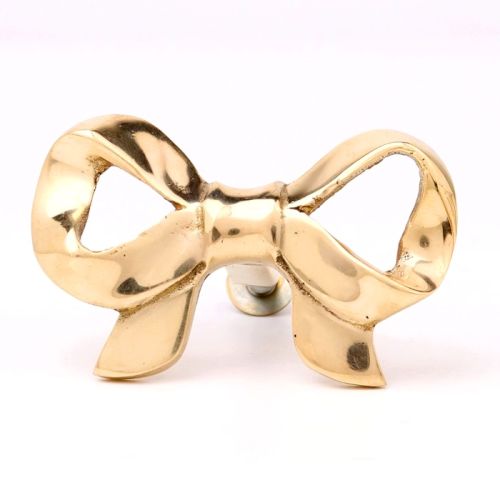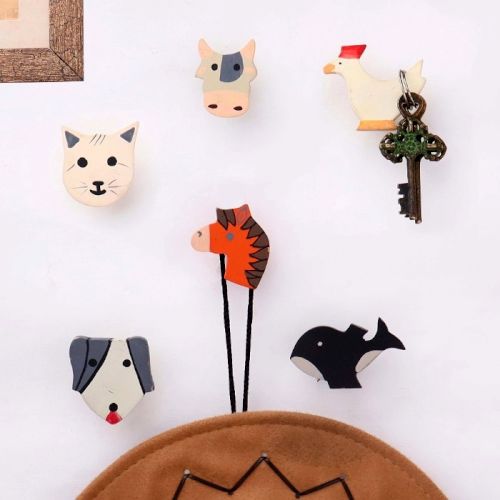Vintage Milk Containers: A Charming Addition to Kitchen Decor
A vintage milk container is more than just a utilitarian vessel; it's a time capsule of cultural rhythms, a storyteller shaped by rural life, dairy traditions, and the evolution of storage needs. Originating primarily in the late 19th and early 20th centuries, these containers were staples in homes and dairies before the widespread use of cartons and plastic. They were crafted from durable materials like aluminum, tin, or glass—each designed to keep milk cool and fresh in the absence of modern refrigeration. In India, rural households relied on brass and copper containers, cleaned daily and handled with care. The western world, meanwhile, saw a transition from large dairy farm cans to doorstep-delivered glass bottles. These vessels aren’t just vintage by age; they carry with them a philosophy of simplicity, community living, and sustainability, wrapped in rust, patina, and old-world logos that breathe history into modern kitchens.
How is a vintage milk container different from modern or contemporary milk storage options?
Vintage milk containers evoke an era where craftsmanship met utility. Unlike today’s plastic or Tetra Pak options, which are mass-produced and disposable, vintage containers were designed for longevity and beauty. Materials like enamel-coated steel, glass, or brass gave them a tactile authenticity and a distinct presence. Contemporary options serve convenience, often prioritizing portability and ease of production over aesthetics. A vintage milk canister was often reused countless times, sometimes passed down generations, and cleaned with ritualistic care—its very form embedded in daily routine. It wasn’t uncommon for the milkman to pour fresh milk directly into the household’s own container. These older vessels symbolize a loop of trust, sustainability, and a direct connection to food sources. Modern containers, though sterile and efficient, often feel cold and impersonal. Vintage milk containers, by contrast, are poetic, earthy, and full of quiet nostalgia—each dent or stain speaking softly of mornings gone by.
What are the different styles or types of vintage milk containers?
Vintage milk containers are like siblings—united by purpose but unique in form, reflecting regional craftsmanship and the passage of time. You’ll find large cylindrical milk churns with handles and domed lids that once journeyed from countryside dairies to city milk depots. Smaller, squat milk cans—ideal for households—often featured brass or copper and were used in Indian kitchens. Glass milk bottles with raised lettering and cream tops ruled Western morning routines, each etched with dairy names or neighborhood delivery codes. Enamelware pitchers, painted in muted pastels or floral motifs, doubled as both container and decor. Then there are wooden crate sets holding several glass bottles—objects of rural charm now turned urban chic. Each style has a specific voice: utilitarian, ornamental, rustic, or minimalist. Their shapes tell stories—from early industrial designs to artisan rural creations—each whispering a tale of how milk once reached the table, not just as nourishment, but as memory.
What materials are commonly used in vintage milk containers?
Vintage milk containers were made with materials that mirrored the sensibilities of their era—natural, sturdy, and deeply intentional. Aluminum and tin were lightweight and resilient, making them ideal for farm-to-home transport. Glass bottles, thick and embossed, offered transparency and hygiene, bringing the unseen beauty of fresh milk to the fore. Enamelware added a splash of elegance with its smooth finish and resistance to rust. In Indian households, brass and copper were favored—not just for their antimicrobial properties but also for their sacred, almost ceremonial connotation. Stoneware and ceramic jugs made occasional appearances, particularly in colder regions where insulation was key. Each material wasn’t chosen by chance but by the logic of living closer to the land. They aged gracefully, developed patinas, and bore the fingerprints of hands long gone. Today, these materials aren’t just appreciated for nostalgia but also for their sustainability—a quiet rebellion against the plastic age.
What motifs or designs are common on vintage milk containers?
The design language of vintage milk containers speaks in motifs of belonging and craftsmanship. Think hand-painted florals on enamel jugs, rustic farm emblems embossed on tin cans, or the proud names of neighborhood dairies pressed into thick glass. In the West, logos were more than branding—they were declarations of trust. Dairy farms adorned their containers with ornate crests, curvy fonts, and date stamps, signifying authenticity and accountability. In India, it was about elegance within utility—brass vessels often bore etchings or hammered textures, reflecting artisanal pride. Some containers featured volume markers, some came with decorative lids, and others had symbolic embellishments like cows, wheat sheaves, or sunbursts. These designs weren’t ornamental fluff; they were imprints of a slower time, when even everyday items were made with intention. Today, collectors cherish these visual cues not just for aesthetics, but for the stories they quietly whisper from a forgotten morning on a dairy trail.
Where can I buy authentic vintage milk containers online?
Finding authentic vintage milk containers is like a small archaeological adventure—but one with cozy rewards. Online marketplaces like IndianShelf, Etsy, eBay, and 1stDibs are rich with listings that offer old-world charm wrapped in enamel, tin, or brass. For curated selections, websites specializing in farmhouse or rustic decor—like Chairish, The Vintage List, or even India’s own Jaypore and Okhai—can be treasure troves. Social media vintage curators and Instagram shops have also emerged, offering both Indian and Western styles with personal stories attached. When shopping, look for signs of authenticity: original patina, maker’s marks, date stamps, or signs of use. Ask for provenance if possible. Be cautious of overly polished replicas; sometimes imperfection is the proof of truth. And don't overlook local thrift stores or old urban haats—they often hide forgotten gems. Whether for decor or nostalgia, bringing home a vintage milk container is like reclaiming a small, soulful piece of history.
How can I incorporate a vintage milk container into a modern kitchen setup?
A vintage milk container in a modern kitchen is a poetic contradiction—a relic in a space of precision. But that’s where the charm lies. Use a brass or enamel container as a utensil holder, or turn a glass milk bottle into a flower vase by the window. Larger cans can serve as quirky storage for dry ingredients like rice or lentils. If you're feeling more imaginative, convert a milk churn into a lamp base or a planter. These vessels offer more than aesthetics—they add texture, depth, and a hint of story to your space. Contrast their rusticity with sleek countertops or pair them with wooden shelves and ceramic jars for a balanced decor mood. They’re also conversation starters, often leading to shared memories about how milk was once delivered fresh every morning. Their presence isn't just vintage—it's visceral, grounding your high-tech kitchen with something deeply human and timeless.
How are vintage milk containers preserved and celebrated today?
Today, vintage milk containers are not just preserved; they are loved—restored, repurposed, and proudly displayed in kitchens, cafes, and collector’s corners. Restoration enthusiasts clean them gently, polish them with care, and sometimes coat them with protective finishes to prolong their charm. Museums and exhibitions celebrate them as symbols of rural economy and design evolution. In interior design, they're integrated as statement pieces—milk churns turned into side tables or planters, and glass bottles as candle holders. Instagram and Pinterest have given these containers a new spotlight, turning them into lifestyle symbols for slow living and nostalgia. In India, they sometimes reappear during festivals or rural marketing campaigns, reinforcing tradition with touch. Even in film and theatre, they make cameos as mood pieces. The love for these containers goes beyond aesthetics—they're cultural fossils, preserved because they remind us that even a simple task like storing milk can be soulful, beautiful, and full of memory.
How is vintage Indian milk container culture linked to sustainability?
The Indian tradition of using milk containers made of brass, copper, or earthenware is inherently sustainable. These containers were built to last, reused daily, and cleaned with natural materials like ash, tamarind, or lemon. There was no throwaway culture—only cyclical use. Milk wasn't bought in plastic pouches but delivered directly into personal containers, often barefoot by local milkmen before dawn. This practice drastically reduced packaging waste and emphasized local supply chains. The containers themselves—resistant to rust, bacteria, and time—were handed down generations, embedding value in material. In today’s eco-conscious world, these practices feel revolutionary, yet they’ve existed in Indian homes for decades. Embracing vintage milk containers isn’t just aesthetic nostalgia; it’s a return to common sense. They remind us that sustainable living isn’t a trend—it’s a tradition, rooted in mindful choices, respect for resources, and the art of living beautifully with less.
What are the best vintage Indian milk container gift ideas?
Vintage Indian milk containers make for thoughtful, culture-rich gifts—each one echoing stories of dawn deliveries and sacred rituals. A polished brass or copper milk pot wrapped in a handwoven cloth can serve as a luxurious housewarming gift, blending function and heritage. Smaller versions with etched designs can be repurposed as vases or pen holders, ideal for office gifting. For festive occasions, consider pairing a milk container with artisanal sweets or homemade ghee. You could also create a "slow living" gift hamper—combining a vintage milk container with eco-friendly kitchen tools, organic teas, and hand-lettered recipe cards. These gifts go beyond utility—they are storytelling pieces. They connect the receiver to ancestral wisdom, rural charm, and timeless design. In a world flooded with plastic-wrapped convenience, such gifts feel rooted, intentional, and soulful—perfect for those who value meaning over mass-production and charm over trend.
How can I identify an authentic vintage milk container?
Identifying an authentic vintage milk container is like reading an old diary—you need to look closely for signs of a lived life. Original containers often bear scratches, patina, or dents—not as flaws, but as proof of use. Look for maker’s marks, date stamps, volume engravings, or dairy logos—often embossed or engraved directly into the material. In India, older brass or copper pieces might have handmade textures, slight asymmetries, or religious motifs. Glass bottles usually feature raised branding or thick seams along the side. Avoid overly polished items that look "too perfect"—they might be replicas. Weight is also a clue—authentic containers tend to be heavier due to denser materials. Lastly, trust your touch—true vintage items feel grounding, aged, and purposeful. They don’t scream for attention; they whisper stories. And if you listen, you’ll find not just an object, but a memory waiting to be restored and re-loved.
How to clean and maintain vintage milk containers?
Cleaning vintage milk containers requires both gentleness and respect. For metal containers—especially brass or copper—avoid harsh chemicals. Use a paste of lemon and salt or tamarind and baking soda to remove tarnish naturally. Rinse with warm water and dry thoroughly to prevent rust or green patina. For glass bottles, warm soapy water with a soft brush works best—avoid using boiling water as it may crack older glass. Enamelware should be cleaned with a mild detergent; avoid abrasive pads to preserve its finish. After cleaning, metal containers can be lightly oiled (especially the rims and lids) to maintain sheen. Store them in dry areas, away from direct sunlight to preserve color and integrity. If the container is purely for decor, consider sealing it with a clear lacquer to maintain its look. Maintenance isn’t just about appearance—it’s about preserving the soul of a well-used, much-loved piece of history.
How old does a milk container need to be to be considered "vintage"?
In general, an object is considered "vintage" if it is at least 20 to 30 years old and reflective of a specific period’s aesthetics or utility. Milk containers from the 1950s to 1980s often qualify, though in India, even 1990s rural utensils carry a vintage sentiment due to their design and emotional associations. True vintage items also embody the techniques, materials, and visual language of their time—so it’s not just about age, but character. A 30-year-old container that’s been through daily routines, stained with time, and built with materials no longer in regular use—now that’s vintage. But remember: vintage isn’t just a number—it’s a feeling. It’s about that delicate balance between function and nostalgia, where the object holds not just milk, but memory, and still has stories left to tell.
Can I use vintage milk containers for everyday storage or decoration?
Absolutely. Vintage milk containers can serve both as functional storage and soulful decor. A well-maintained brass or tin container can still hold dry foods like grains, pulses, or tea leaves—though for liquids, make sure there’s no corrosion or wear. Glass bottles can be reused for water, cold beverages, or infused oils, but always clean thoroughly. For decorative use, the possibilities are endless: flower vases, cutlery holders, planters, even candle stands. They pair beautifully with both rustic and modern interiors, adding a tactile sense of history. More than that, they slow down a space. In a world of digital chaos, having an old milk container on your shelf is a visual pause—it says, “Something lasted.” And that’s a rare, beautiful thing. Just remember: vintage decor isn’t about being perfect; it’s about being present.
Where can I find vintage milk container decor or collector items?
Vintage milk container decor is a niche but growing world—thriving both online and in quiet, cobwebbed corners of local bazaars. Platforms like Etsy, 1stDibs, and eBay offer global listings, while regional players like Jaypore, Okhai, or local Instagram vintage shops showcase Indian finds. Antique shops in towns like Jaipur, Pondicherry, or Rishikesh often stock rustic brass and enamel containers with beautiful imperfections. Urban flea markets or Sunday bazaars also hold hidden treasures. For serious collectors, joining online vintage communities or Facebook groups can offer leads, stories, and even exchanges. Look for containers with character—original markings, a story, or even wear-and-tear that adds charm. Whether displayed on shelves or used in daily rituals, these pieces aren't just decorative—they’re vessels of culture. Owning one is like holding a memory in your hands.
What’s the difference between vintage and antique milk containers?
The terms "vintage" and "antique" are often used interchangeably, but they speak to different timelines. An antique milk container is typically over 100 years old and often holds significant historical or artistic value. These are rarer, more fragile, and usually command higher prices. Vintage, on the other hand, generally refers to items that are 20 to 99 years old and capture the essence of their era. A 1970s aluminum milk can is vintage; a 19th-century ceramic milk jug may be considered antique. The emotional weight is similar—both connect us to the past—but the care and handling may differ. Antiques often need preservation-grade care, while vintage items might still be functional with basic maintenance. Think of vintage as a bridge to the past and antique as a window into it. Both matter. Both are beautiful.
Are enamelware and glass vintage milk containers safe for modern use?
Yes—with caveats. Enamelware and glass vintage milk containers can be safe for modern use if they’re structurally intact. For enamel, check for chips or rust—damaged enamel can leach metals into food or drink. If it’s purely decorative, it’s perfectly safe to use as a vase or display piece. Glass containers are generally safer, but avoid those with cracks, weak seams, or lead-based paint on logos. Always clean thoroughly, and avoid extreme temperature shifts which can cause old glass to shatter. If you’re planning to use them for food, do a patch test with warm water and see how the material reacts. When in doubt, treat them like an heirloom—beautiful, functional, but with care. Sometimes, their true use isn’t utility but the way they change a room’s mood—offering a moment of calm in a metal-and-glass world.
Is a vintage milk container suitable for use in small kitchens or apartments?
Yes, and beautifully so. In compact spaces where every item must earn its place, a vintage milk container can be both functional and poetic. Use smaller-sized ones for storing kitchen tools, ladles, or even coffee beans. Turn them into planters to add greenery without clutter. Place a set of old glass milk bottles by the window to catch morning light—they double as vases and vibe. Their vertical design also saves counter space, making them suitable for narrow shelves. Beyond utility, they soften the sharp edges of modern design. In a world of chrome and minimalism, a dented milk can adds soul. It's not just décor—it’s a pause, a piece of time. So even if your kitchen’s square footage is modest, a vintage milk container can carve out its own quiet corner, where history sips chai slowly, and space feels a little more like home.
What’s the average cost of a vintage milk container or cookware set?
The price of a vintage milk container varies widely depending on material, origin, age, and condition. In India, a small brass milk pot may start around ₹500, while larger, older copper containers with intricate designs can go upwards of ₹3,000 to ₹10,000. In international markets, enamelware jugs or tin milk churns might cost between $30 to $150 depending on rarity. Antique collector’s pieces—especially those with branding, historical significance, or artisan markings—can command even higher prices. Glass milk bottle sets in crates, often used as decor, range from ₹1,000 to ₹5,000. The charm is that you can find something at nearly every price point—from the humble to the heirloom-worthy. And often, the emotional worth outweighs the monetary one. Whether you're spending a few hundred rupees or a few thousand, what you’re truly buying is a memory in metal, a whisper

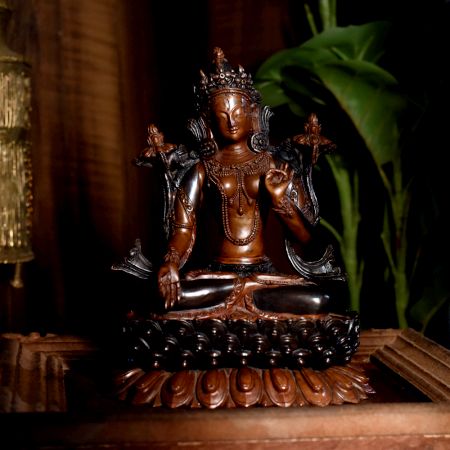
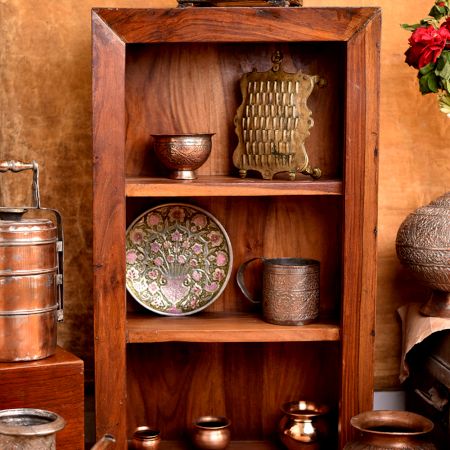
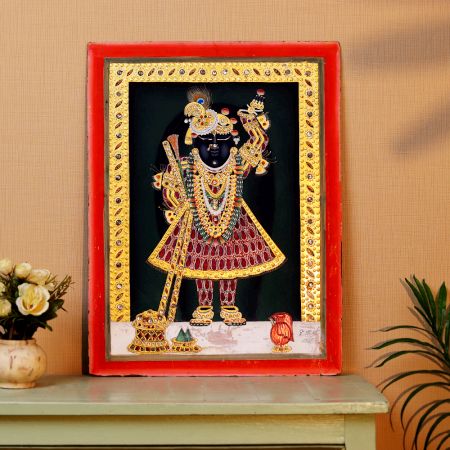

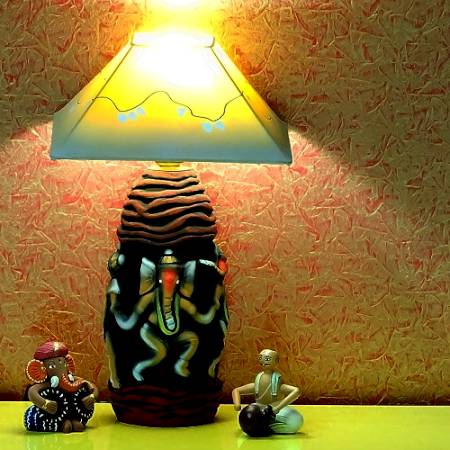


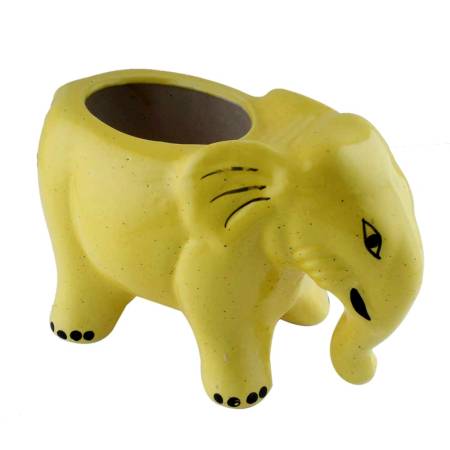
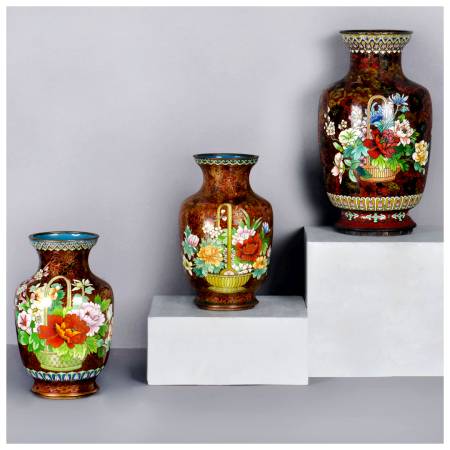
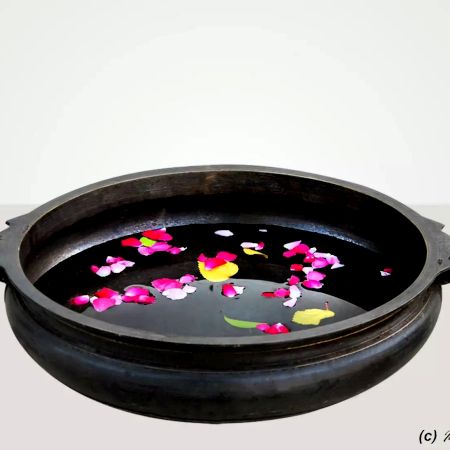
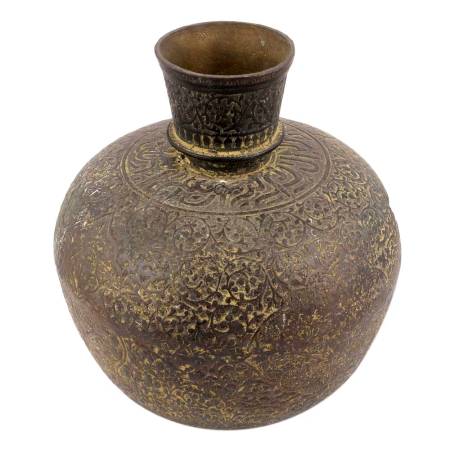
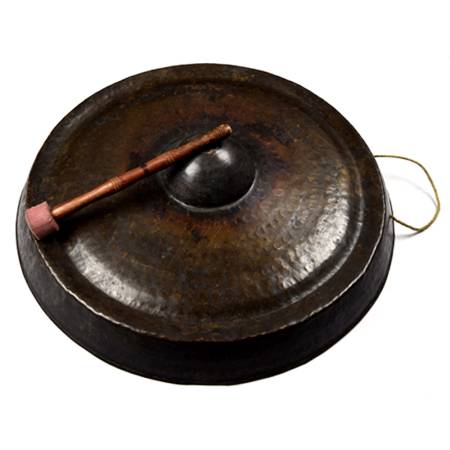

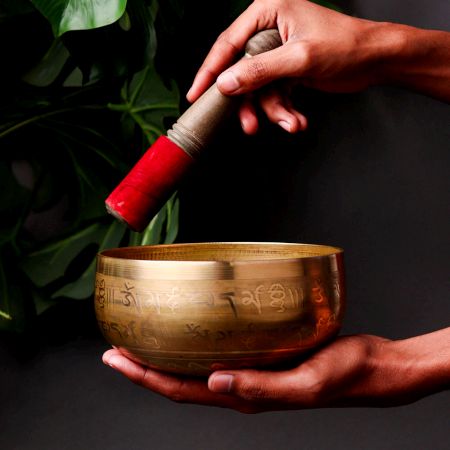
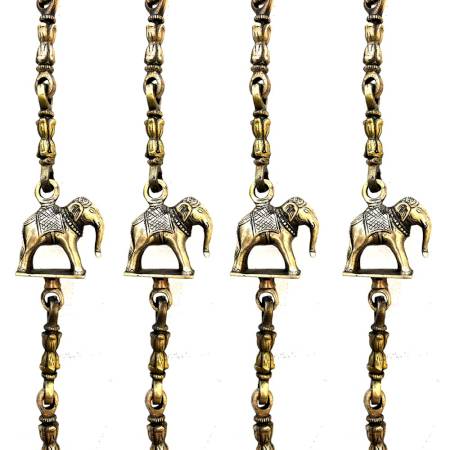
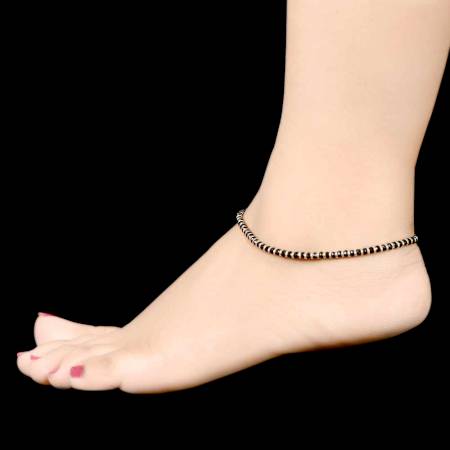
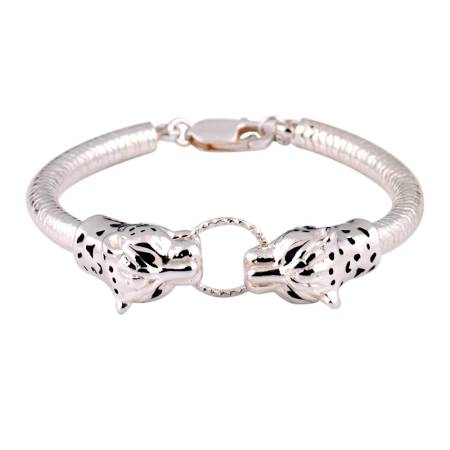
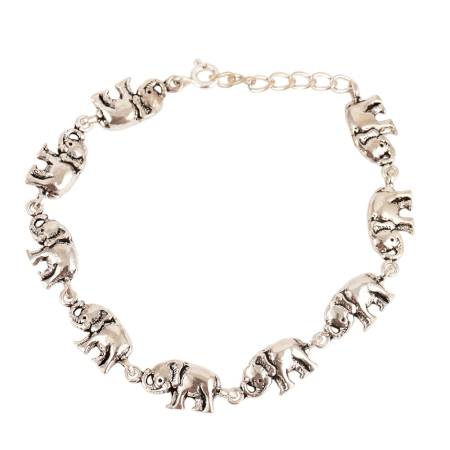
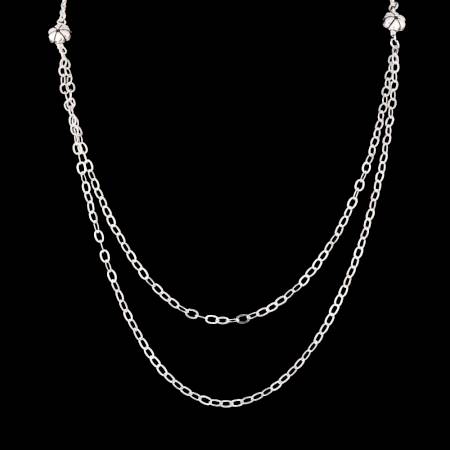
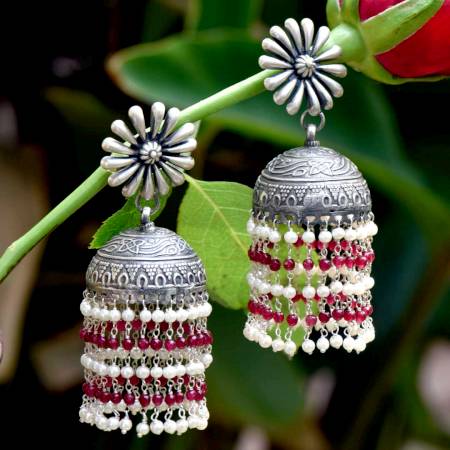
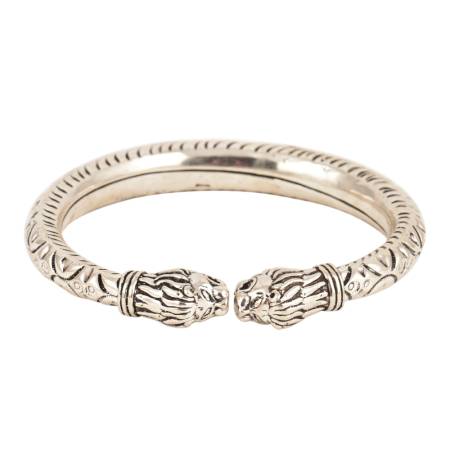
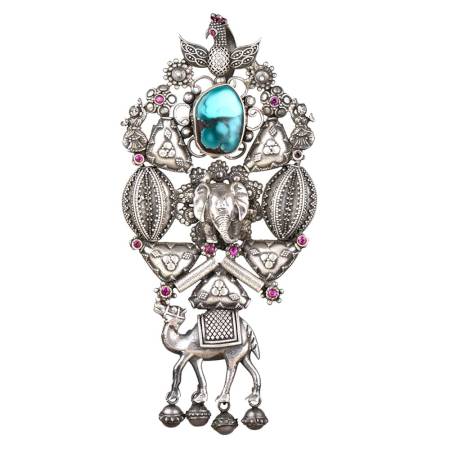

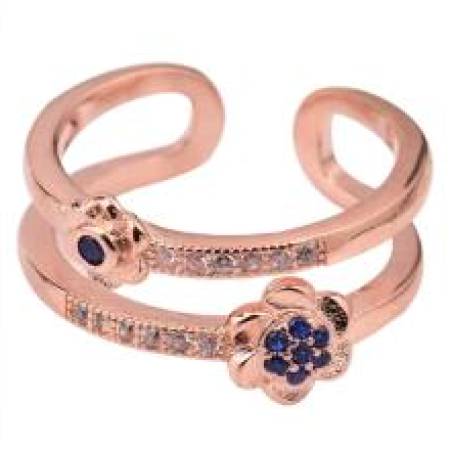
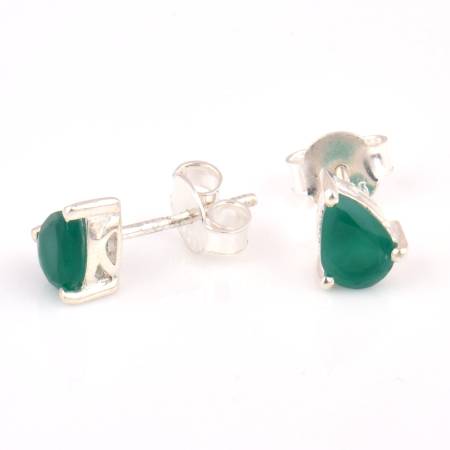



.JPG?ver=1.7)
.JPG?ver=1.7)
.JPG?ver=1.7)
.JPG?ver=1.7)
.JPG?ver=1.7)
.JPG?ver=1.7)
.jpg?ver=1.7)
.jpg?ver=1.7)
.JPG?ver=1.7)
.JPG?ver=1.7)
.JPG?ver=1.7)
.JPG?ver=1.7)
